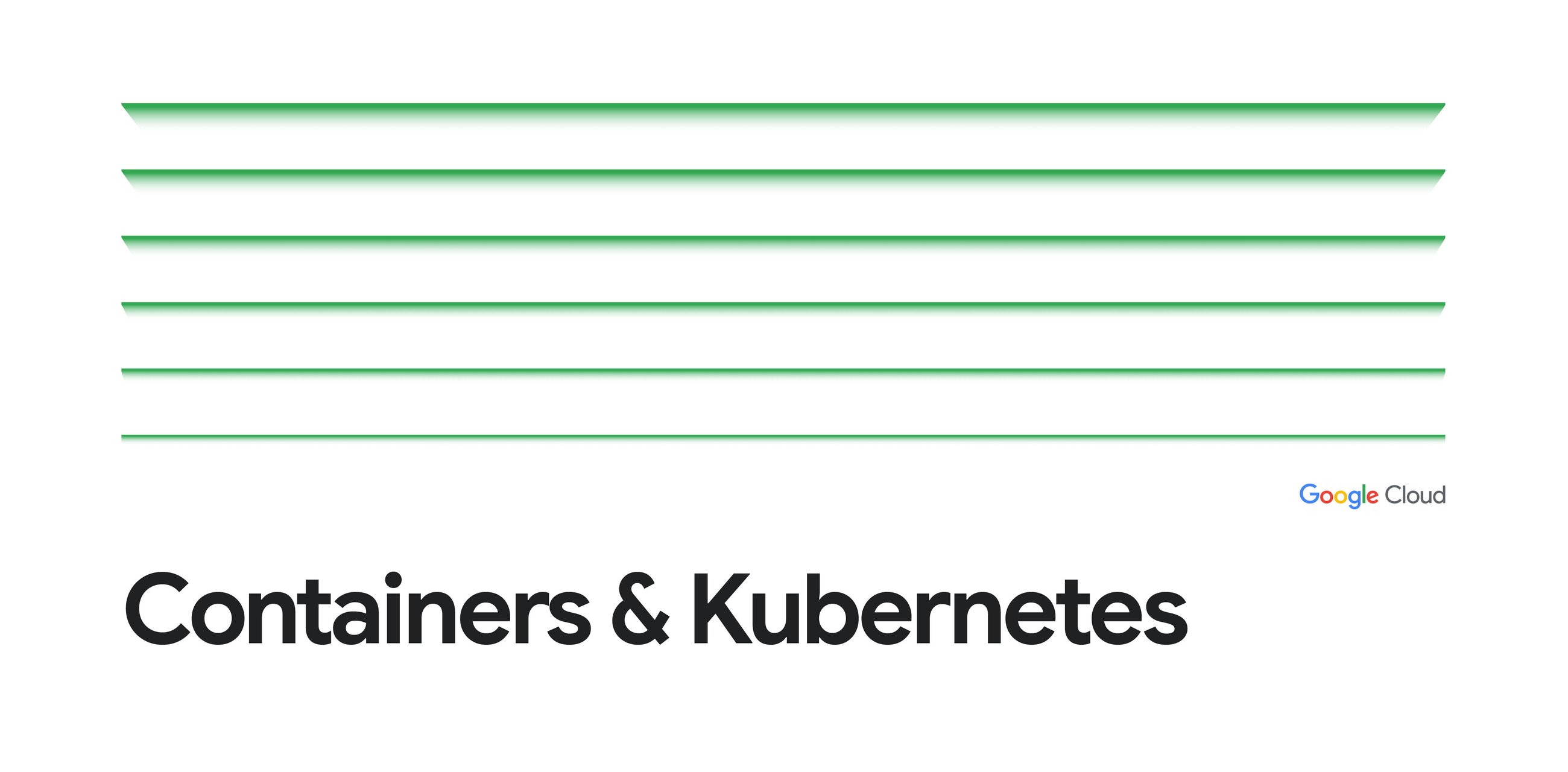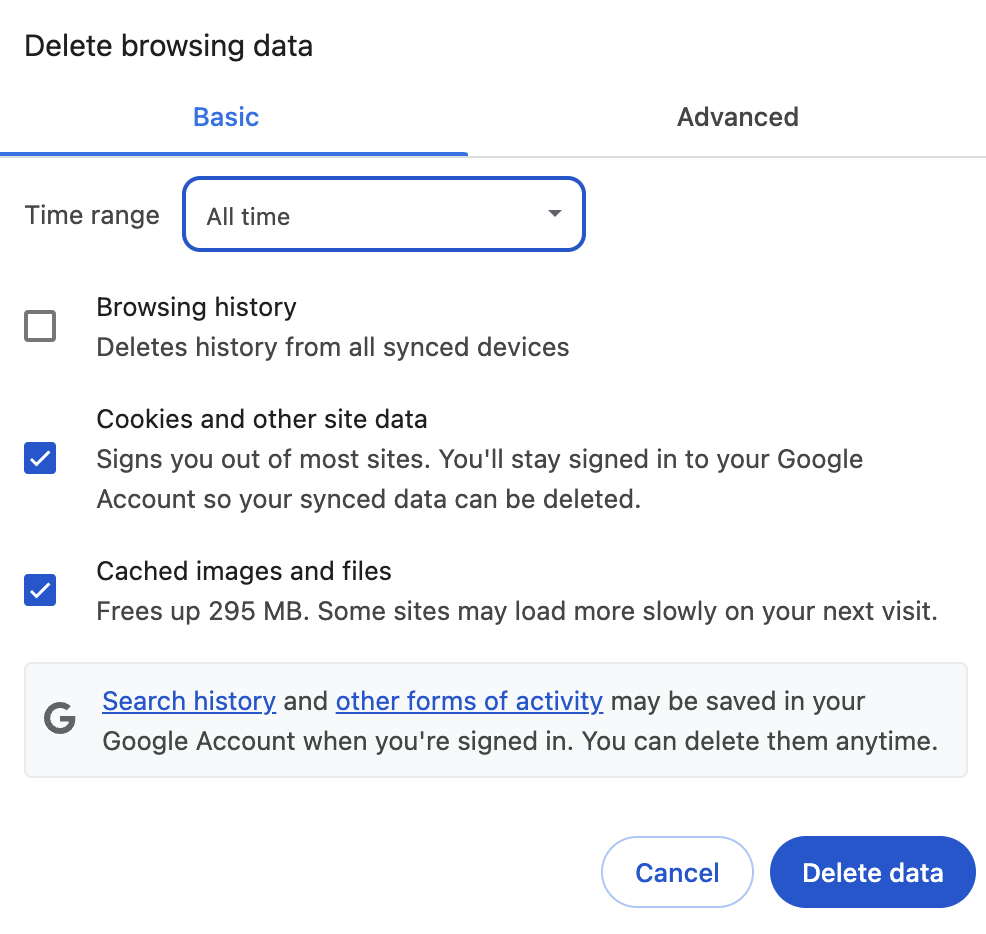
As an AI/ML developer, you have a lot of decisions to make when it comes to choosing your infrastructure — even if you’re running on top of a fully managed Google Kubernetes Engine (GKE) environment. While GKE acts as the central orchestrator for your AI/ML workloads — managing compute resources, scaling your workloads, and simplifying complex workflows — you still need to choose an ML framework, your preferred compute (TPU or GPUs), a scheduler (Ray, Kueue, Slurm) and how you want to scale your workloads. By the time you have to configure storage, you’re facing decision fatigue!
You could simply choose Google’s Cloud Storage for its size, scale and cost efficiency. However, Cloud Storage may not be a good fit for all use cases. For instance, you might benefit from a storage accelerator in front of Cloud Storage like Hyperdisk ML for better model weights load times. But in order to benefit from the acceleration these bring, you would need to develop custom workflows to orchestrate data transfer across storage systems.
Introducing GKE Volume Populator
GKE Volume Populator is targeted at organizations that want to store their data in one data source and let GKE orchestrate the data transfers. To achieve this, GKE leverages the Kubernetes Volume Populator feature through the same PersistentVolumeClaim API that customers use today.
GKE Volume Populator along with the relevant CSI drivers dynamically provision a new destination storage volume and transfer data from your Cloud Storage bucket to the destination storage volume. Your workload pods then wait to be scheduled until the data transfer is complete.
Source Credit: https://cloud.google.com/blog/products/containers-kubernetes/gke-volume-populator-streamlines-aiml-data-transfers/




